Blackcurrants: Easy to grow, endlessly versatile, and why home-grown is way better than you'll find in the shops
Mark Diacono makes a case for blackcurrants being one of the best — and simplest — fruits to grow in your garden.

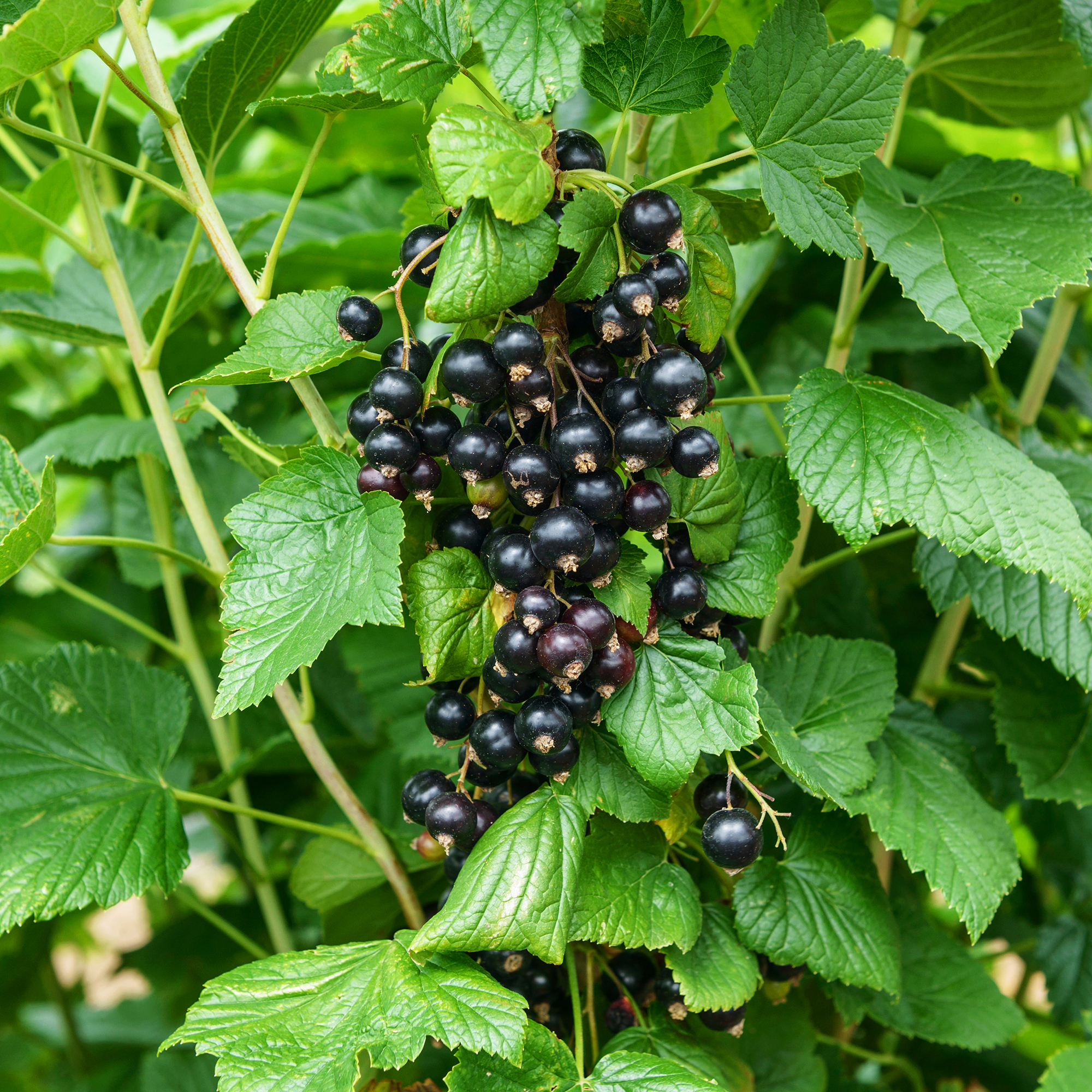
In a jar to the side of my desk sit a number of upturned items: a 6H pencil from the table at which my father wrote that I use for sketching garden plans, a pen for writing plant labels and a fork that’s more practical than pretty.
This is the fork — with its coarse tines — to which I turn for a month or two each summer to strip the blackcurrants from each plant when its fruit have swelled and pulled the limbs into weeping contortions that threaten but never quite snap the branches.
That the plants bend so much tells you how productive blackcurrants are: now they are established, we get about 9lb of juicy fruit per bush, repaying the cost of the plant many times over every year. Not only are they great value, but the taste of homegrown blackcurrants surpasses my keen anticipation every year: when deep in colour and completely ripe, they are complex, full of flavour and with sharp and sweet in glorious balance.
The local birds are equally keen. They will likely line up along a good vantage point to judge when your currants are at their perfect moment; usually a few days after the fruits’ appearance tells you they are ready to pick. Allowing the berries to develop past this point of deep colour brings greater sweetness and depth of flavour. If you have space and inclination for a fruit cage, growing blackcurrants under netting ensures you keep the fruit for yourself, but, if your blackcurrants are in the open, keep an eye out for the birds and start picking fast.
As well as the heavy harvest of fruit, you get one of the great homegrown side benefits: blackcurrant leaves. In spring, when the leaves are fresh, soft and supple, I pluck a punnet or two from across a few bushes so as not to exhaust any. Their taste is complex and hard to unravel from its scent: an aromatic, heavy floral take on the currants’ flavour. A few leaves in hot water makes one of the few great herb teas — I speak as someone who doesn’t take to many — as well as a truly exceptional sorbet.
"Growing blackcurrants is as simple as you’d hope"
Growing your own blackcurrants allows you to choose the fullest-flavoured varieties. When selecting cultivars, you’ll be safe with any that have ‘Ben’ in their name; I’ve never known one not be hardy, reliable and fine tasting. Careful choice of variety can give you a long season, too: ‘Ben Connan’ and ‘Ebony’ are the earliest I grow, starting their harvest spell during the last days of June here in the South-West, with ‘Big Ben’ following closely behind. If you live in an area prone to late frosts, ‘Ben Tirran’ is a fine option, flowering as it does later than most and delivering a later harvest. ‘Titania’ is another to consider: this Swedish mid-season variety has large, juicy, aromatic and deliciously sweet fruit with just the right degree of sharpness.
Growing blackcurrants is as simple as you’d hope. Give your plants the sunniest, most fertile position you have and allow them 5ft from their neighbour. Water well in the first year as they establish and through dry spells, mulch with manure or compost in winter and all should be well.
Exquisite houses, the beauty of Nature, and how to get the most from your life, straight to your inbox.
Don’t be intimidated by the idea of pruning: you can keep it very simple. Cutting one-third of the branches to the base each year encourages new growth and maintains a vigorous plant: prioritising the removal of older branches that become less productive keeps you in maximum fruit, too. You can do this in the winter if you like, but I often follow a tip from Sarah Raven and prune when the currants are ready to harvest, killing two birds with one easy snip of the secateurs and stripping the branches of their fruit in the kitchen with my trusty fork.
Blackcurrants freeze well, so you can enjoy them at any time of year. Better still, once frozen, topping and tailing — ordinarily one of the dullest tasks there is — becomes so much quicker and easier: you can scrape a thumbnail or knife across both ends without fear of squishing the fruit. I freeze them in yoghurt pots, holding about 250g–300g, until I’m ready to use them.
Mark Diacono grows edibles, both usual and unusual, at Otter Farm in Devon (www.otterfarm.co.uk). His latest book, Spice: A Cook’s Companion (Quadrille, £25), is out now
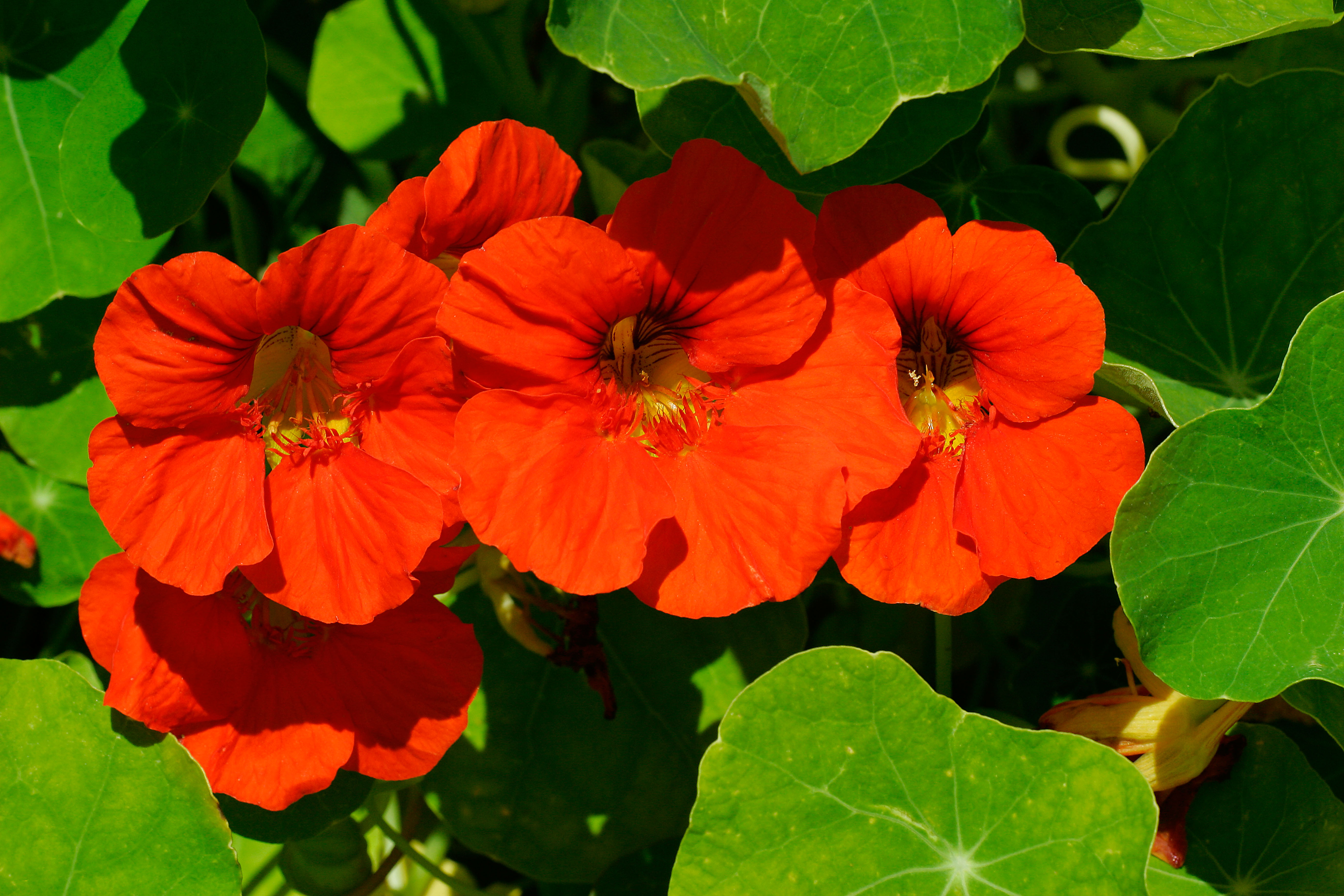
Credit: Alamy
The top salad leaves to grow in your garden for summer garnishes
Mark Diacono tells us his top salads to plant to accompany barbecues this summer season.
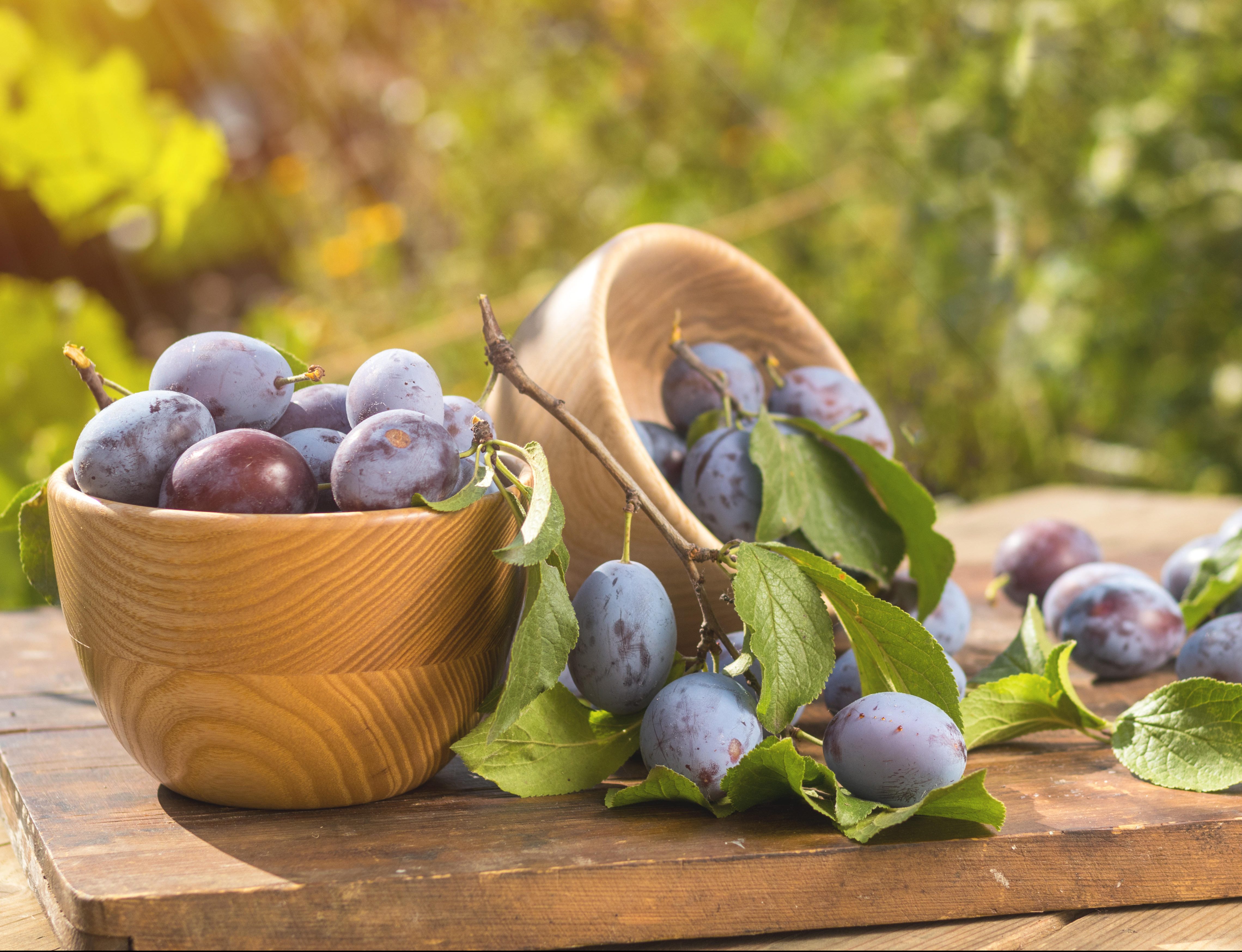
Plums to grow, plums to show, and plums to pop in your gin
Mark Diacono picks his favourite plums — and their close relatives, damsons, mirabelles, bullaces and gages.

Credit: Getty Images/iStockphoto
Grow your own courgettes: What to plant, when to plant it... and why size really does matter
Mark Diacono shares his tips on the surprisingly simple yet hugely rewarding art of growing courgettes.

How to grow your own pears (spoiler alert: it's not easy)
Mark Diacono shares his advice on one of the trickier fruit trees to get right: the pear tree.
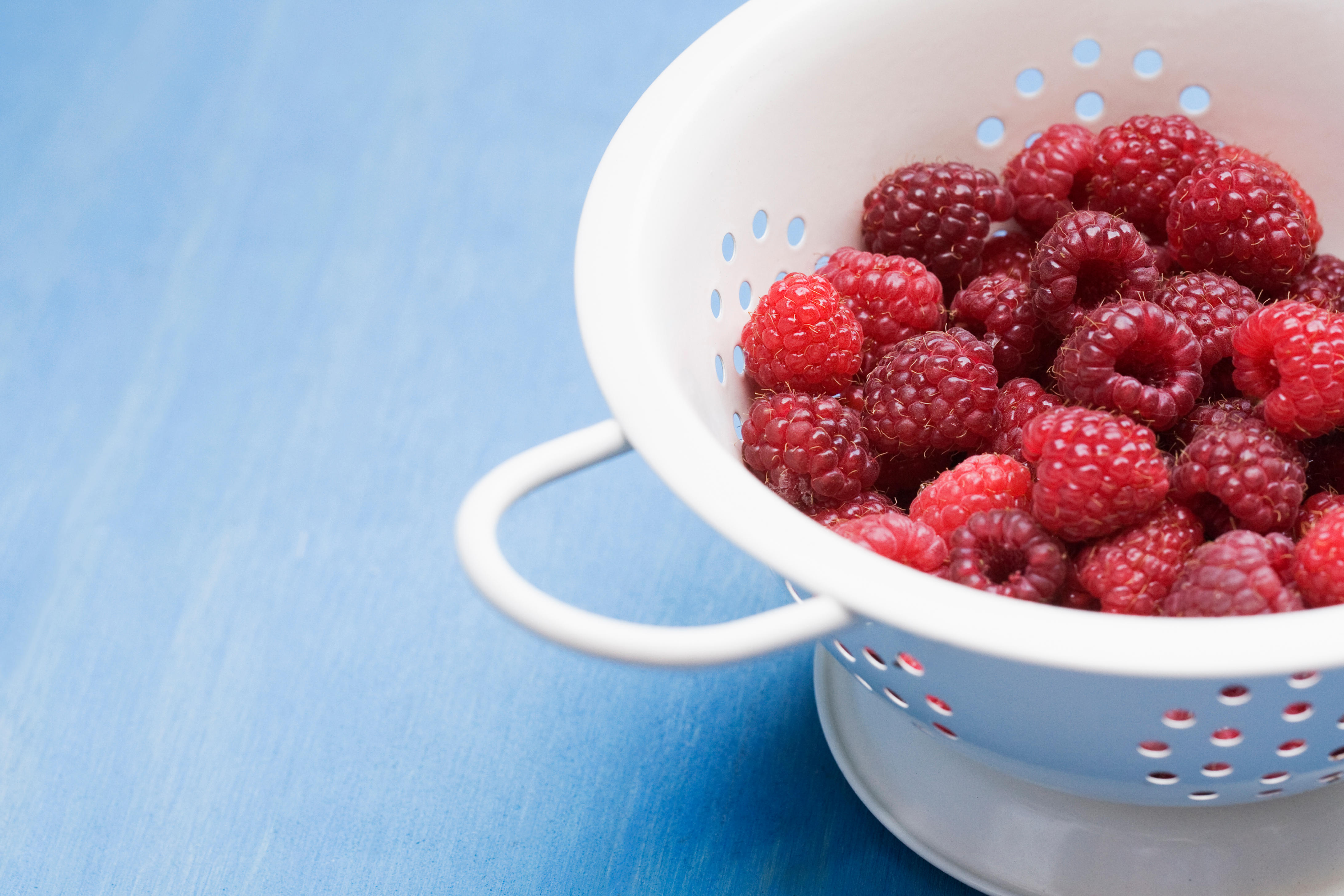
Tend to your raspberries now — you'll thank yourself next summer
Pick the right varieties and next year you could be enjoying fresh raspberries for months instead of weeks, explains Mark

How (and why) to grow your own white currants: 'Scatter them over a knickerbocker glory'’
Mark Diacono shares his top tips on how to plant white and red currants, which varieties to choose — and

How (and why) to grow walnuts in your garden
From making a delicious aperitif to enjoying the citrusy scent of their leaves, there are plenty of reasons to plant
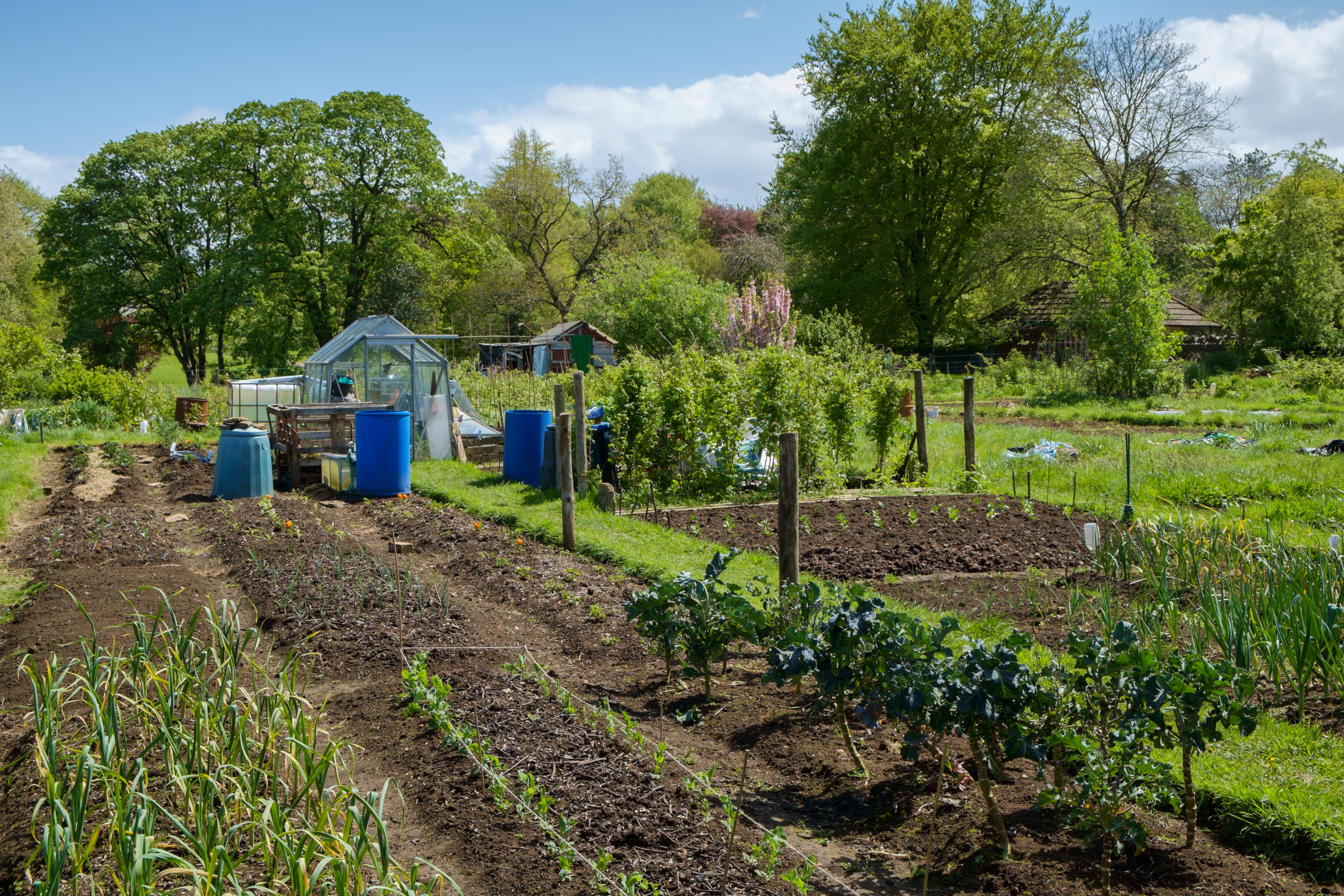
Why you shouldn't grow onions on your allotment — but if you do, go for these really exceptional ones
Mark Diacono takes a look at allotment logic, and shares his formula for what you should and shouldn't spend your

How to grow Oriental greens in an English country garden
Expert gardener Mark Diacono shares his advice on how to grow some of the delicious greens which have come to

Credit: Alamy
The 'underground treasures' which are like a gardener's game of chicken — hold your nerve, and the pay-off is spectacular
Growing plants specifically to harvest their roots takes faith, patience and nerve, explains Mark Diacono, but it's well worth the
Mark is lucky enough to spend most of his time eating, growing, writing and talking about food. He has written fourteen award-winning books, including A Year at Otter Farm and A Taste of the Unexpected (both won Food Book of the Year, and Garden Book of the Year). Known for growing everything from Szechuan pepper to pecans to Asian pears, Mark's refreshing approach to growing and eating has done much to inspire a new generation to grow some of what they eat. He was involved in the early days of River Cottage, appearing in the TV series, and writing four River Cottage books. Mark writes to a global audience on his best-selling Substack: Mark Diacono’s Abundance.
